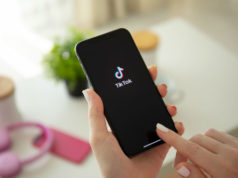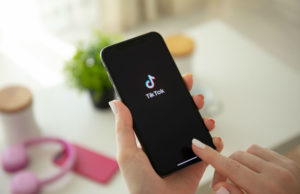Seniors want to remain in their homes as long as they can and live independent lives, and devices like fall detectors and fall alert systems help both seniors and their loved ones make that a reality. Fall detection devices can alert first-responders or caretakers when they’ve detected a fall and make for a quick response. Unfortunately, those fall devices have several faults and may not be as effective as we believe according to a Canadian research team.
The conclusion of their study is that further testing and calibration is needed on the devices, so they respond better to real world actions and stimuli. The study targets wearable fall detection like watches, or pendants. “There seems to be a knowledge gap between fall detection technology and the use of it,” said study co-author Lili Liu, a professor in the Faculty of Rehabilitation Medicine. The review was written be co-written by researchers from the University of Alberta, the University of Montreal, and the University of Rosario.
Researchers noted that though the market is flooded with these devices, their levels of effectiveness varied and some of the products were unreliable. 85% of hospital visits by seniors in Canada result from a fall or fall-related injuries. 20% of serious falls result in death.
The team combed through 118 different peer-reviewed studies from across the world. While there was ample research on ten different types of fall detection devices, the research only went so far and was lacking in real-world simulation and testing. “Most of the studies didn’t describe whether the technologies were ready for use in the real world,” Liu added. Instead most of the devices were tested in lab environments by interns and lab students. The study also found that there were other gaps for fall detection devices in response to real-world customer feedback. The companies producing these devices simply weren’t modifying and re-testing.
There may also be psychological gaps as 80% of seniors surveyed stated they would be reluctant to push their alert device after a fall for fear of disturbing someone or not being able to properly activate it. From the study it’s easy to conclude that there some real gaps to fill in to allow for better and more effective use of these technologies.
“There are too many devices available in the market that are sitting on shelves collecting dust because they did not address the varying wants and needs of the consumer, and caregivers are often the ones who purchase these technologies to assist in their duties,” said PhD student Noelannah Neubauer.


















